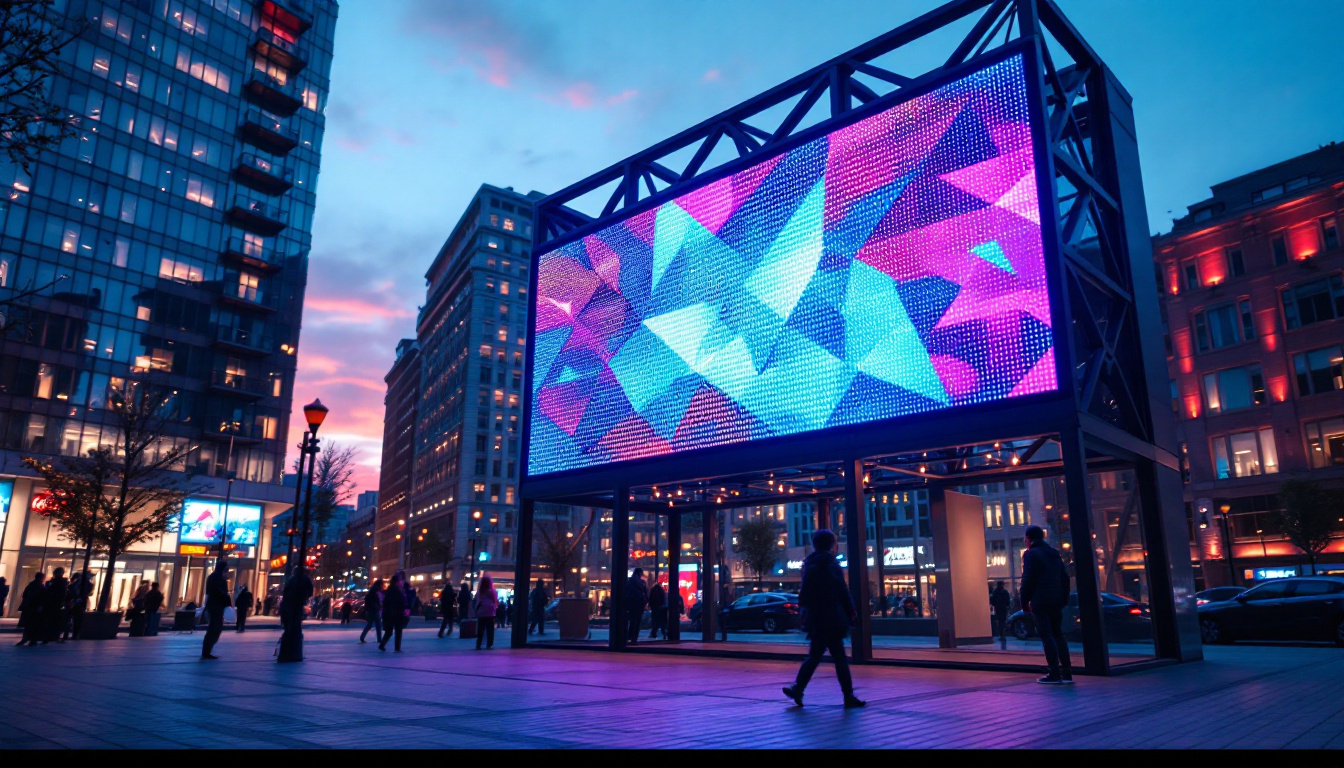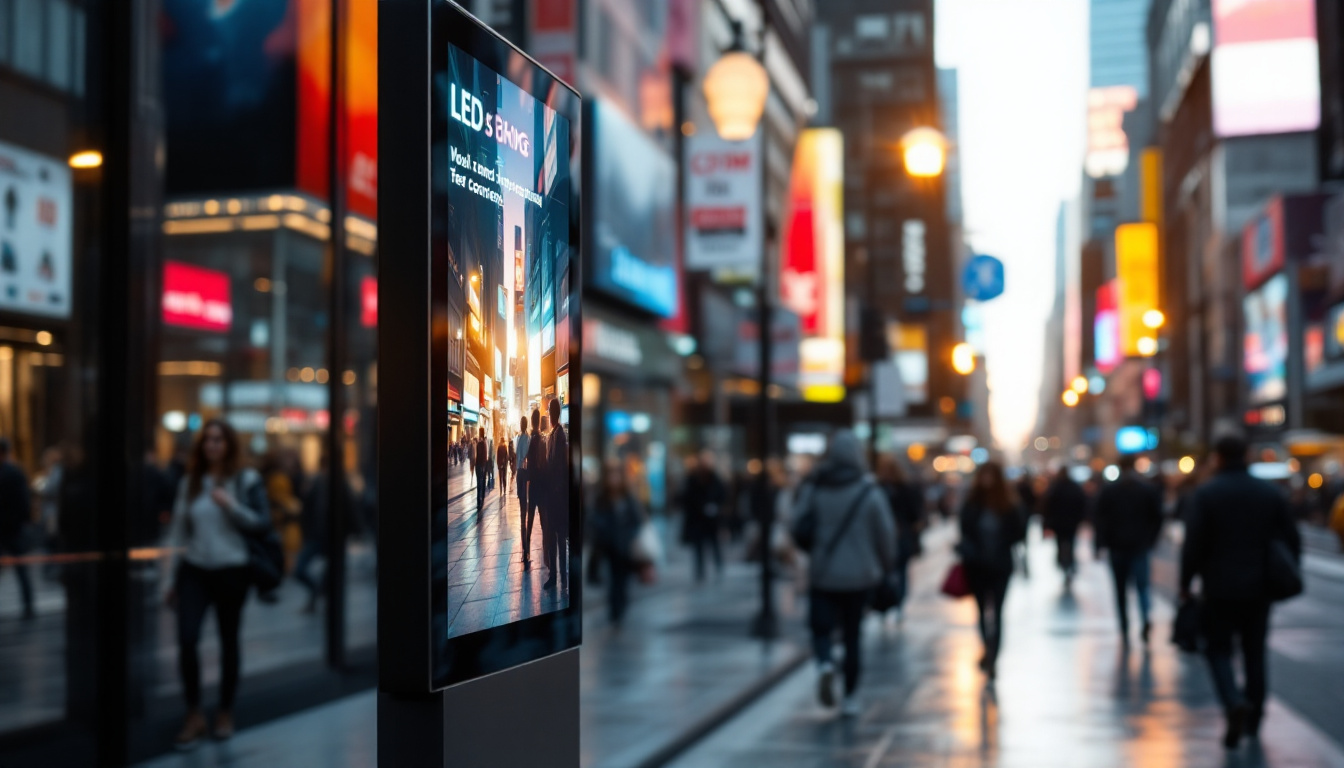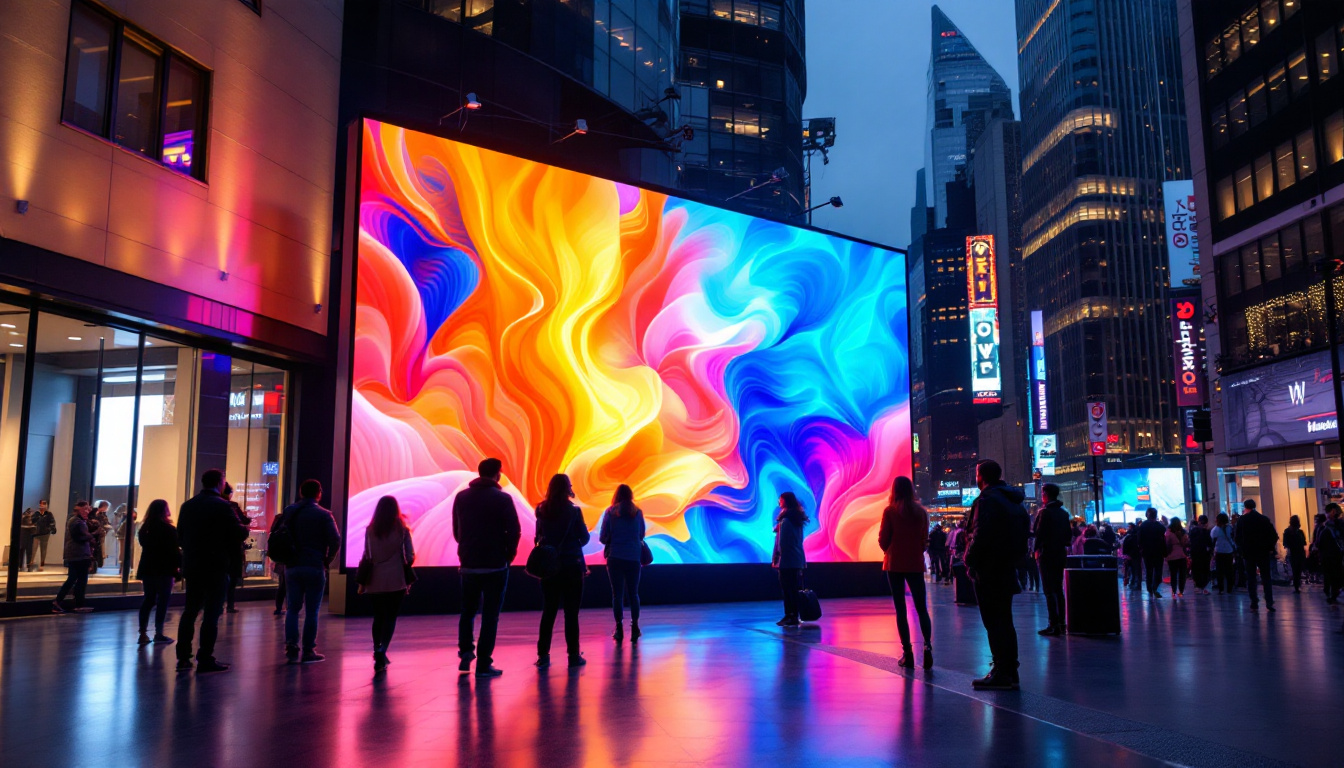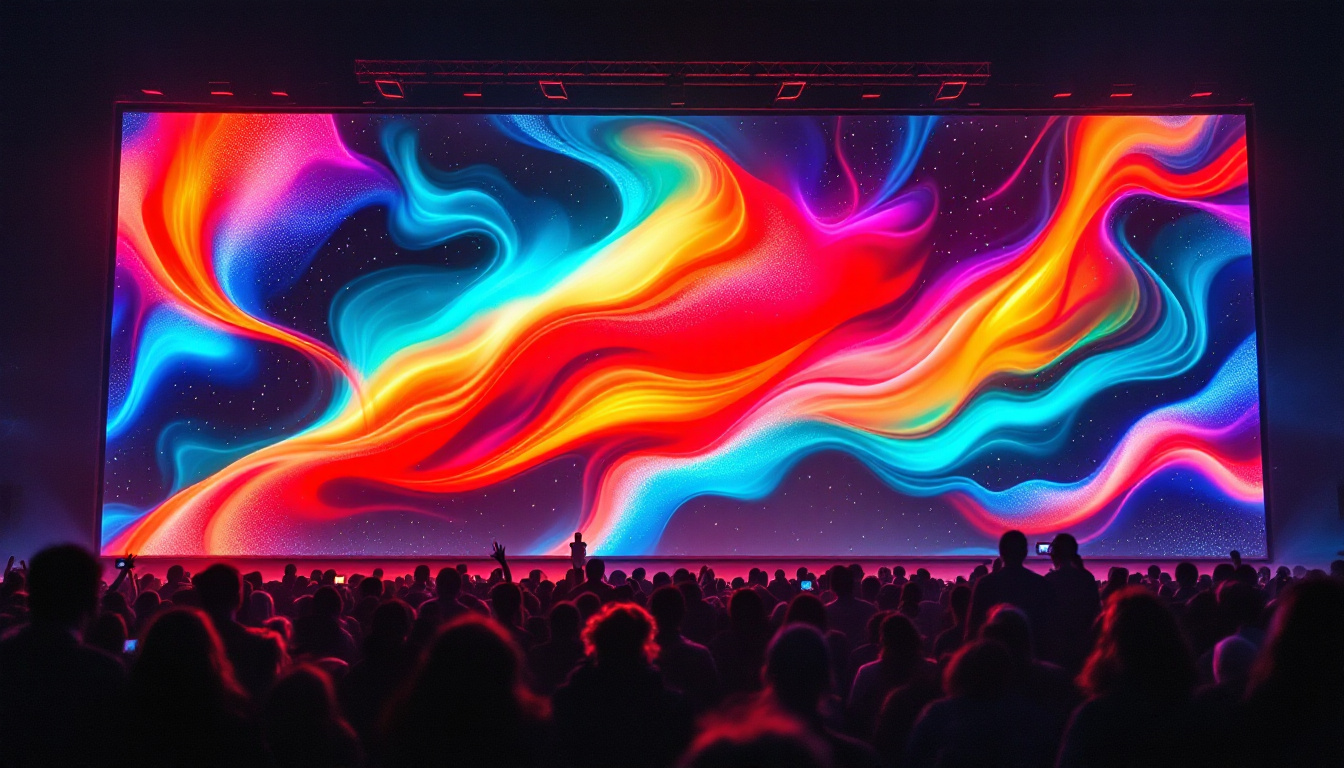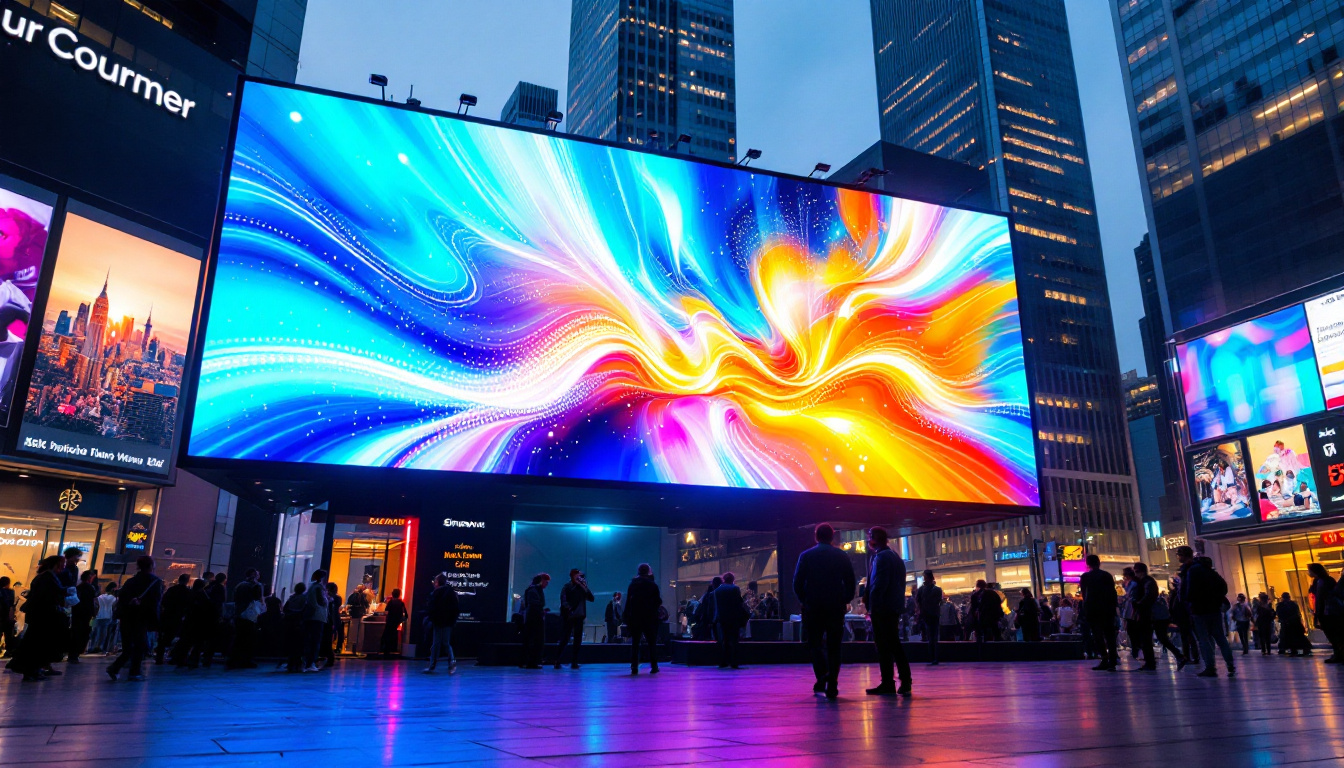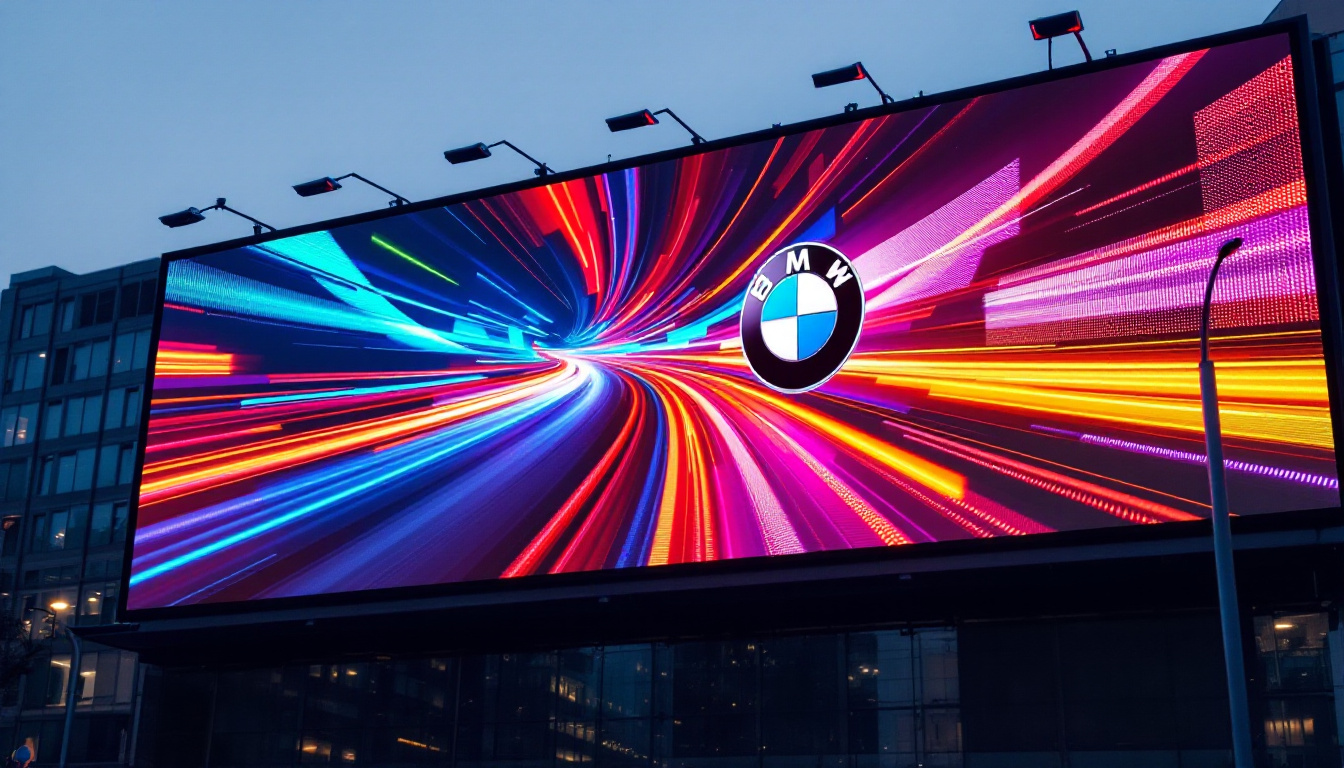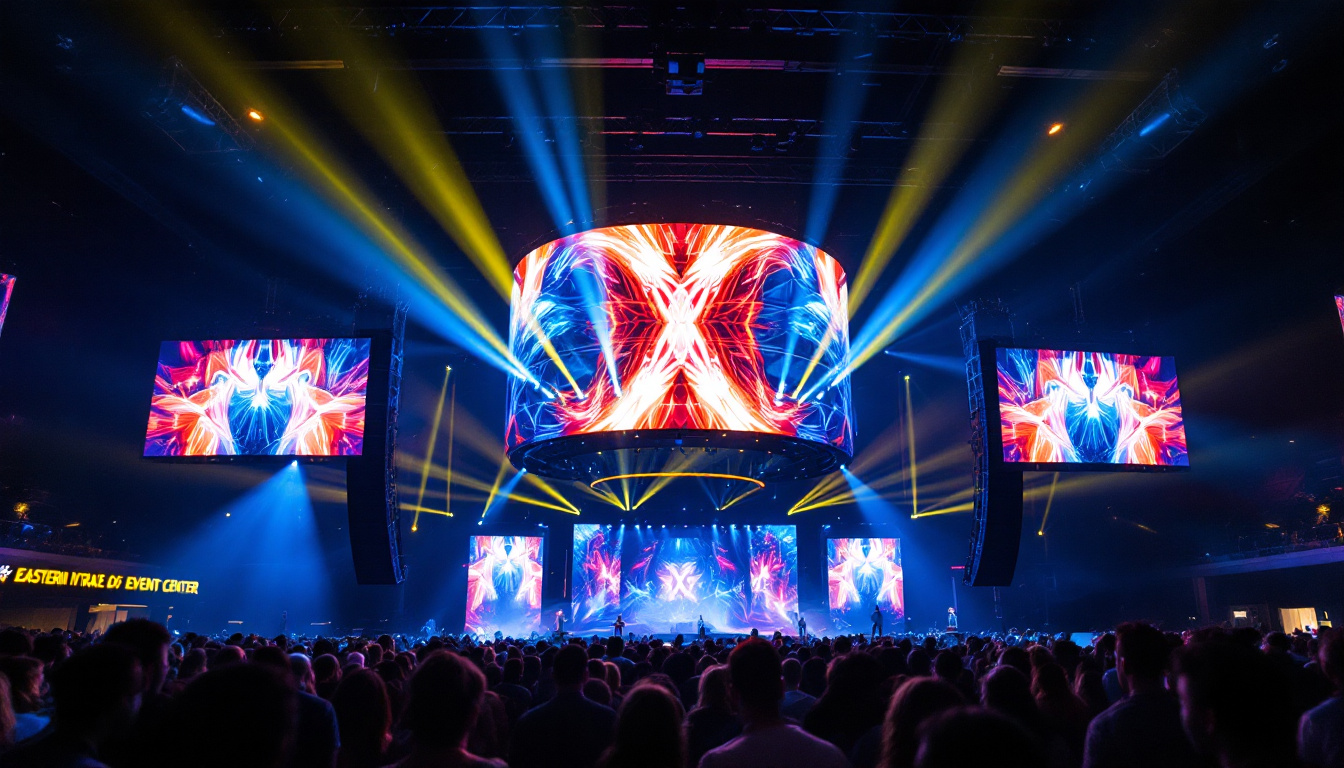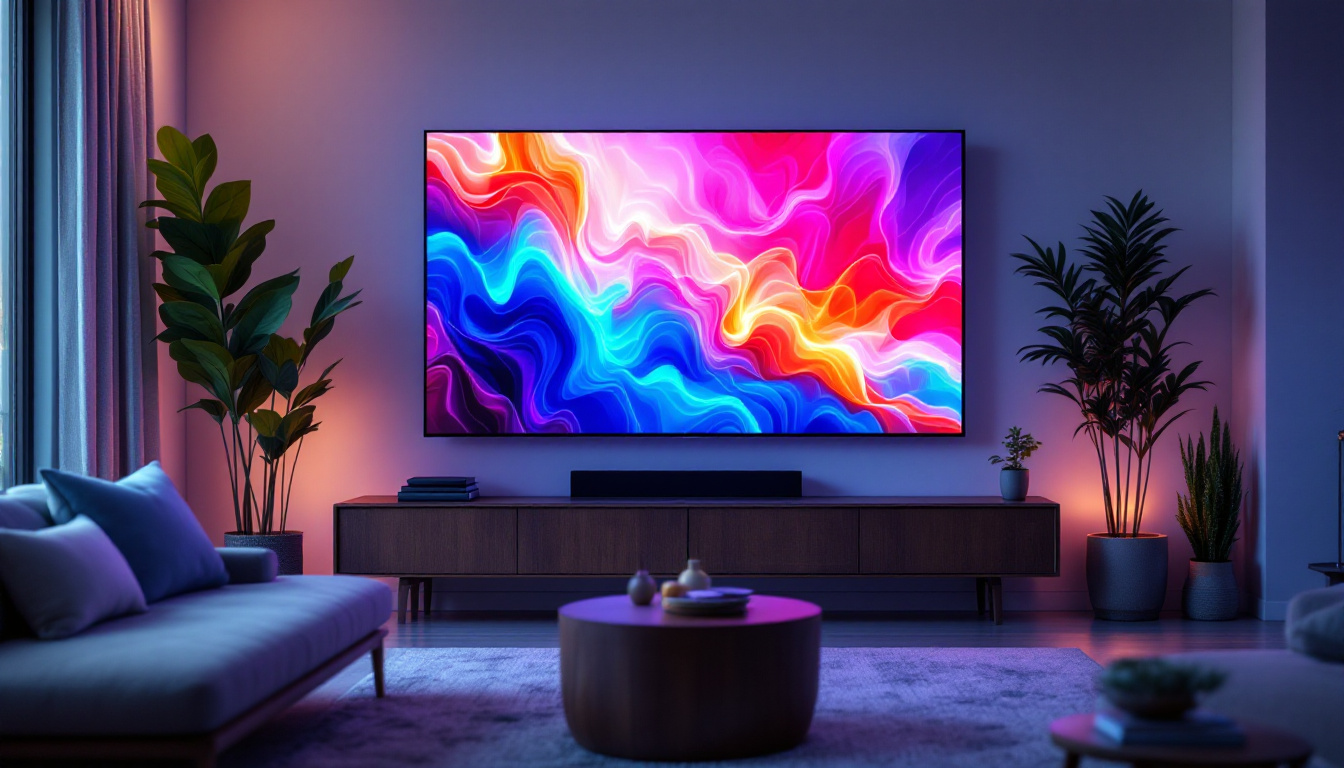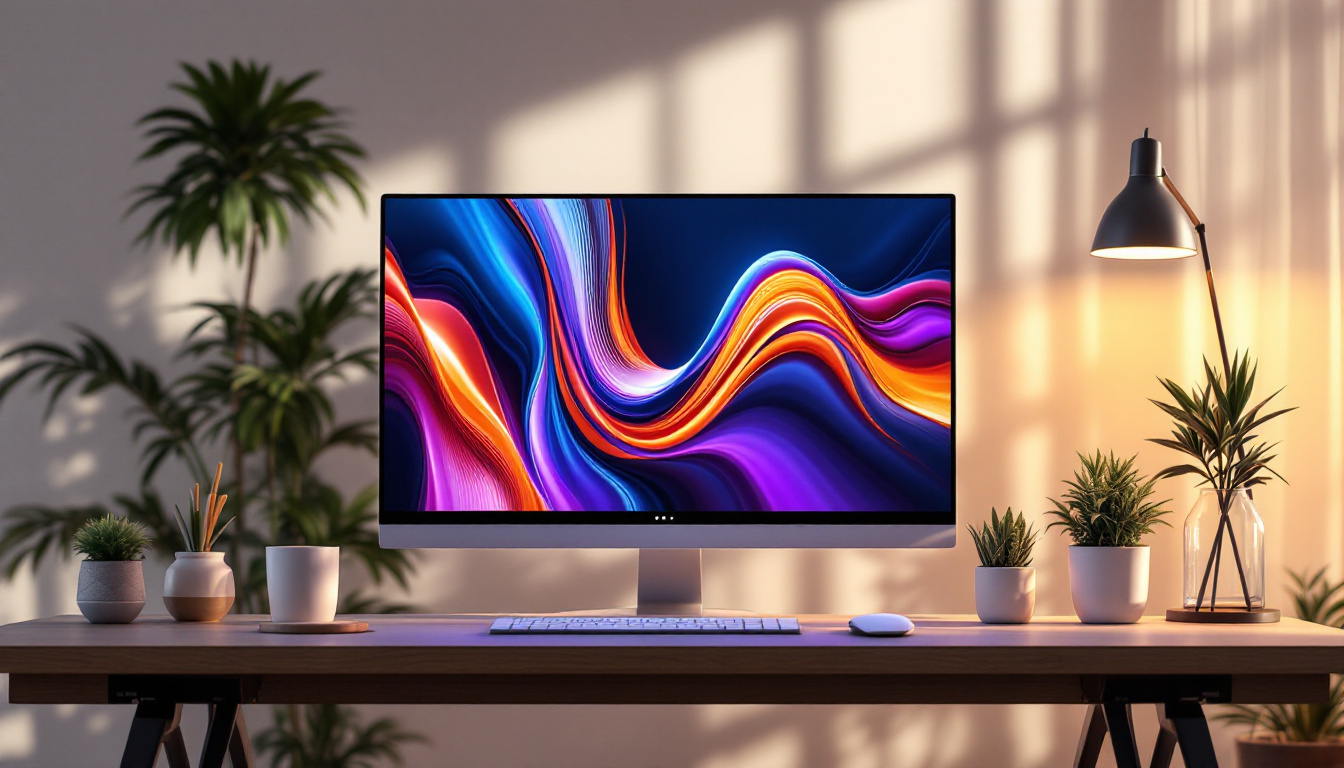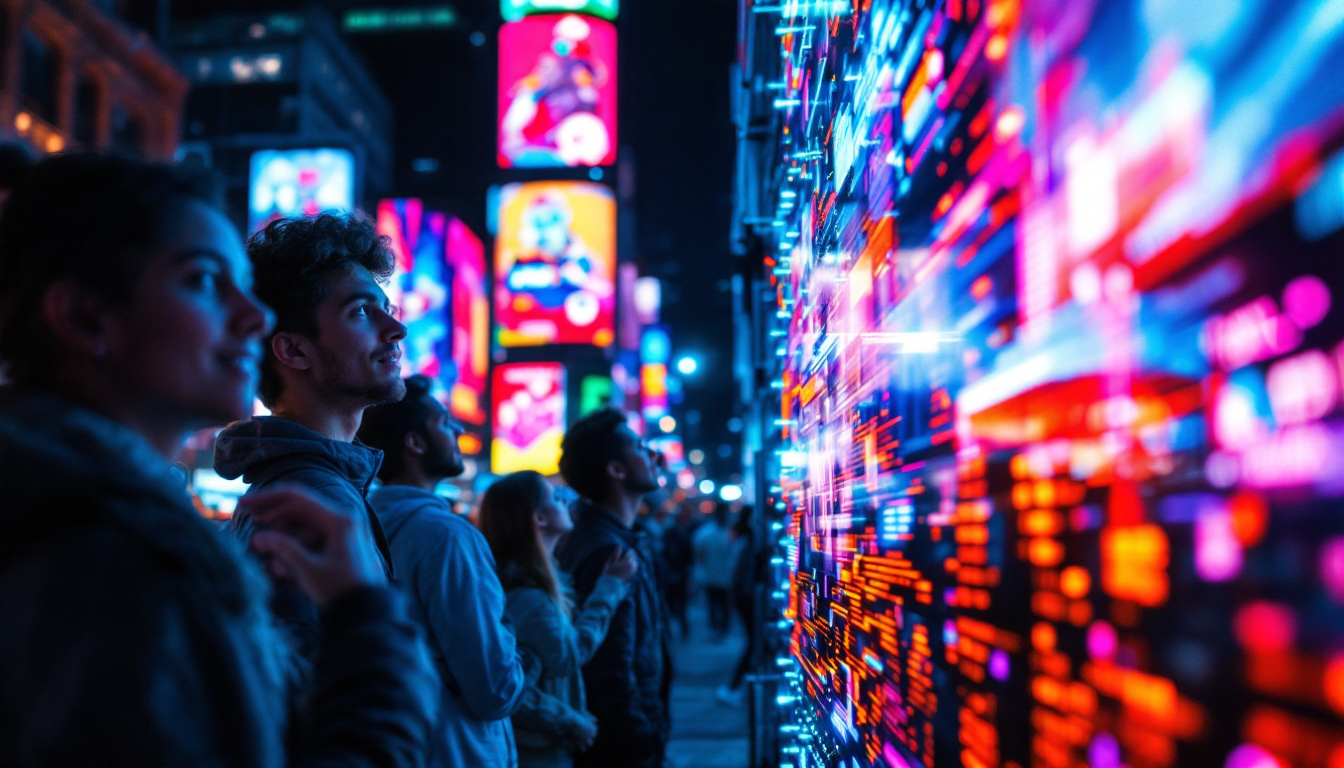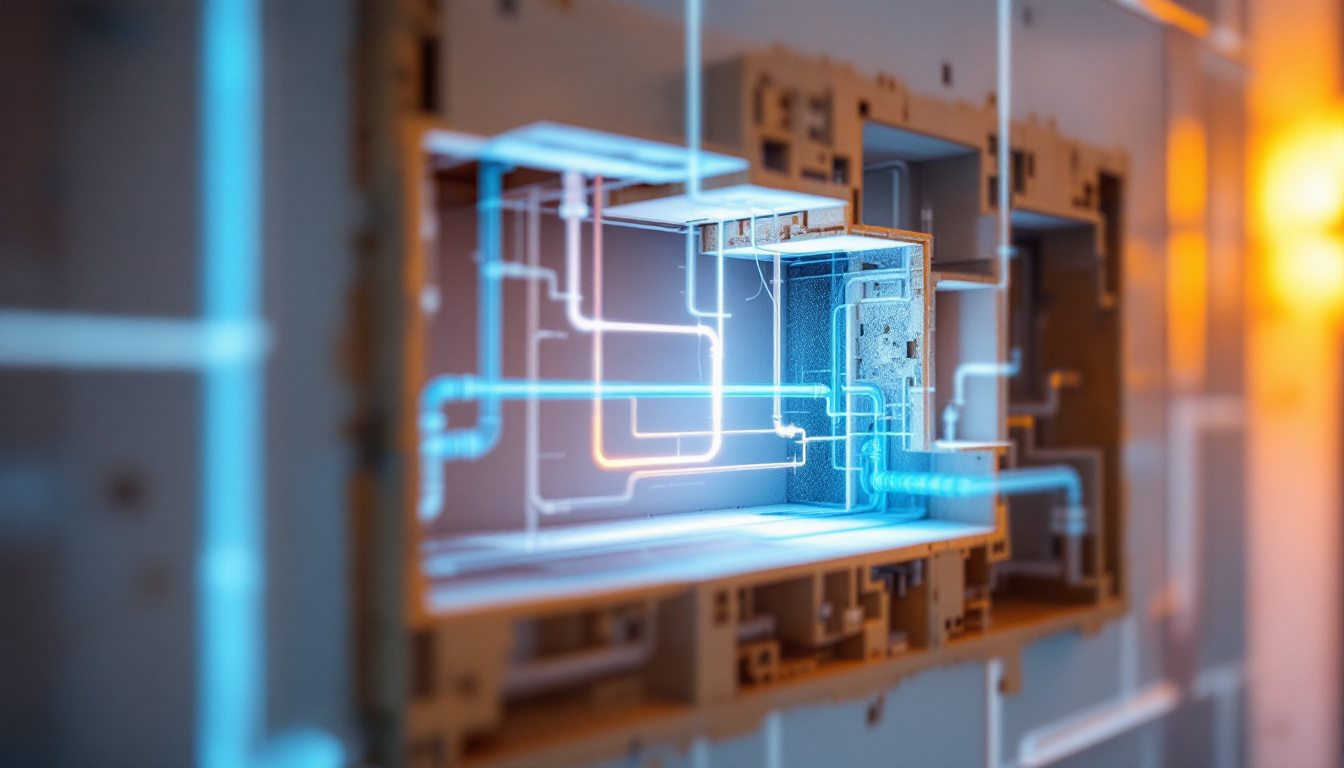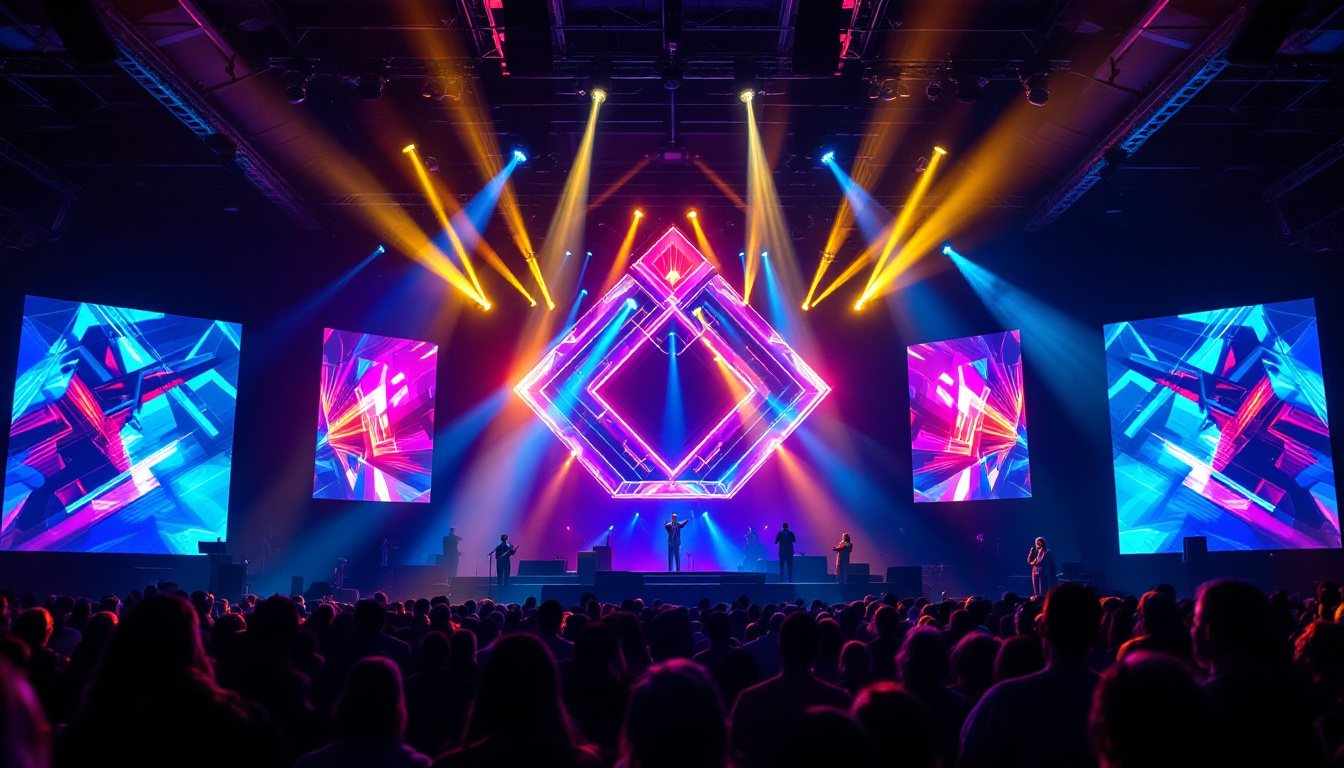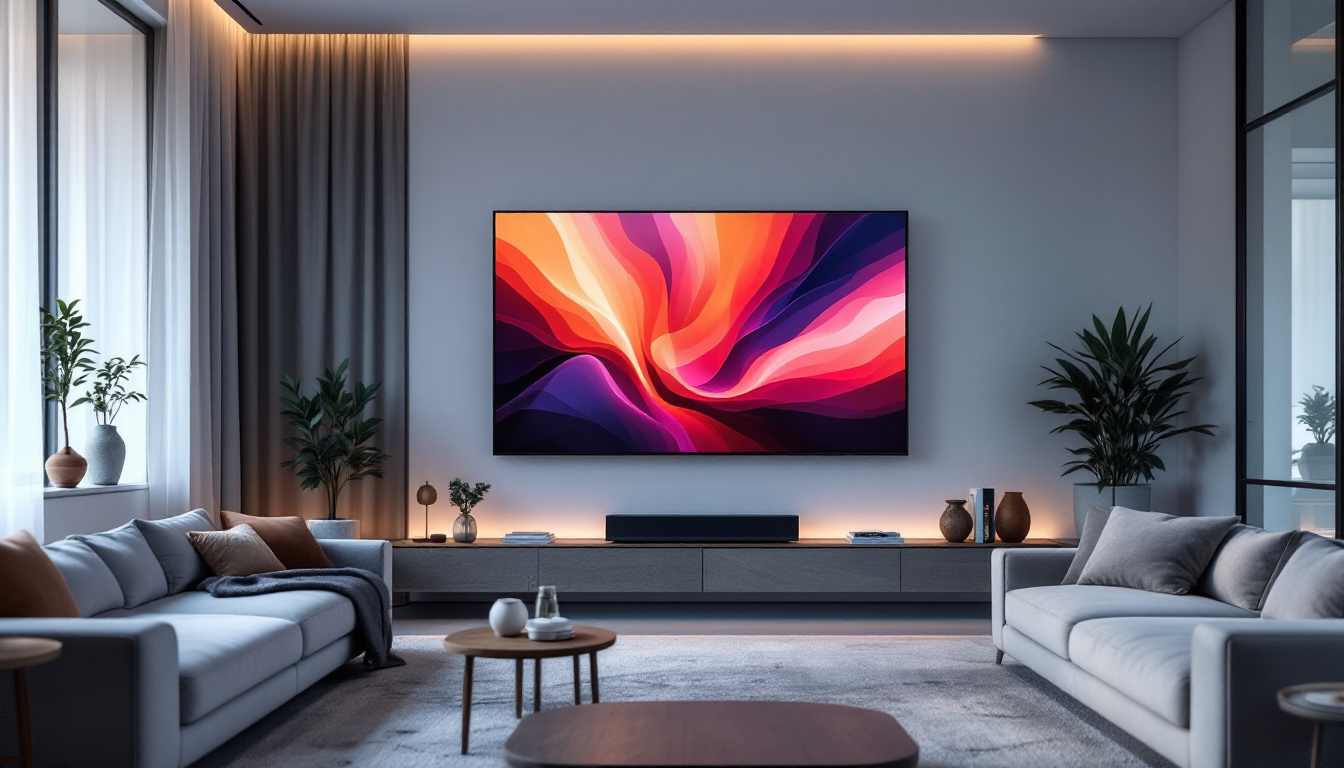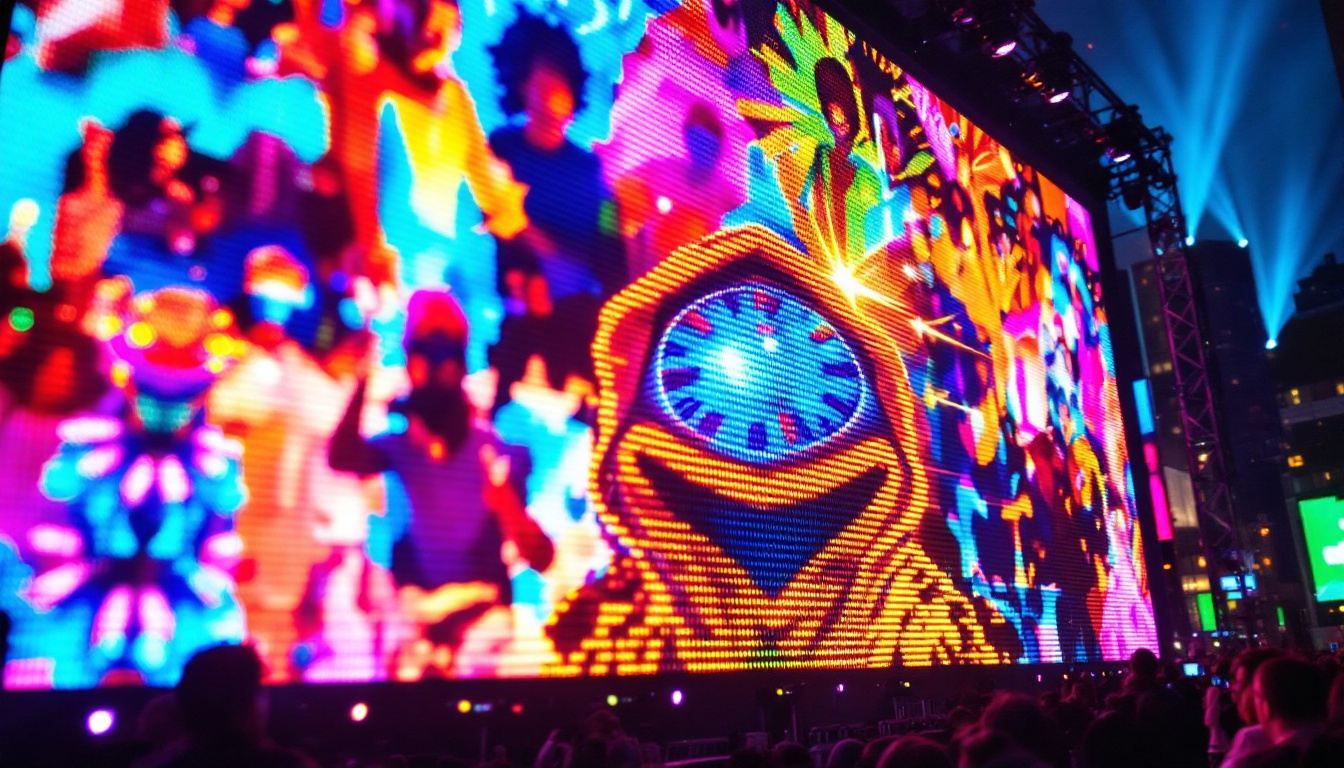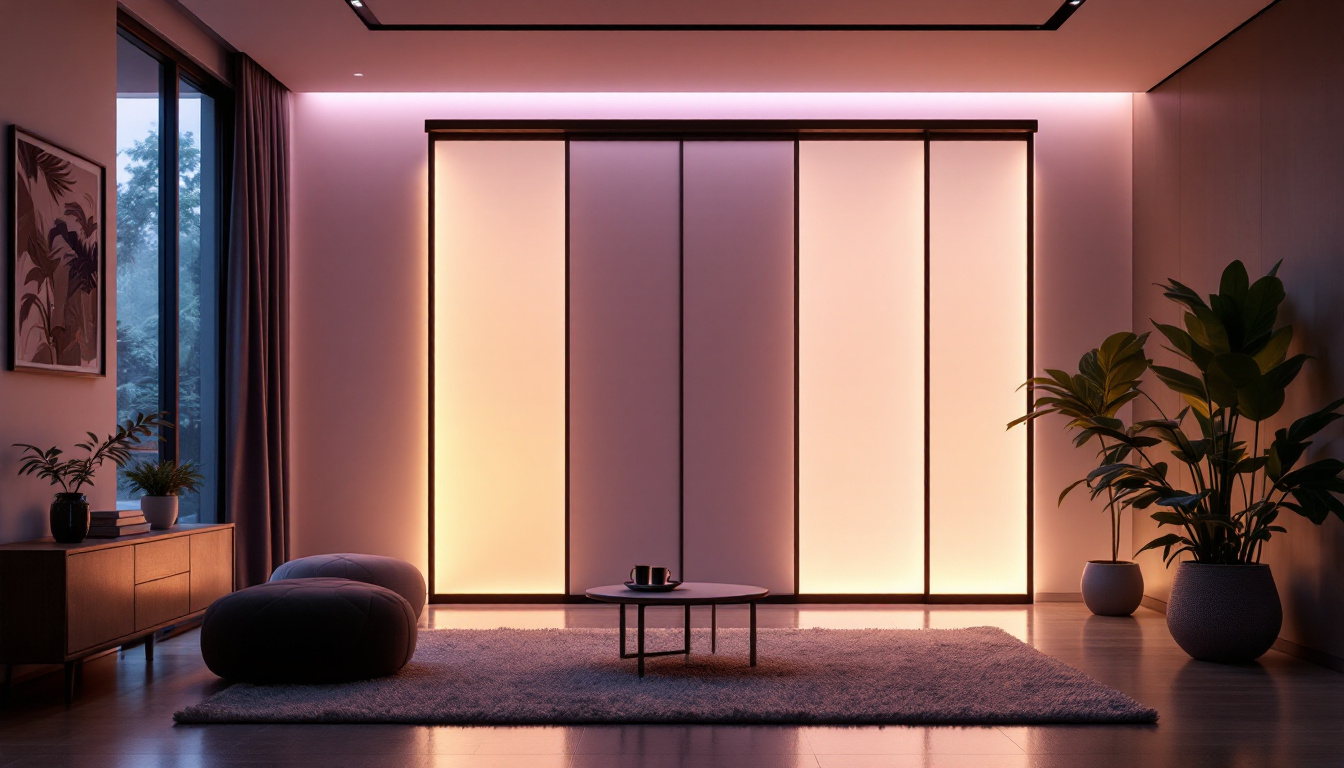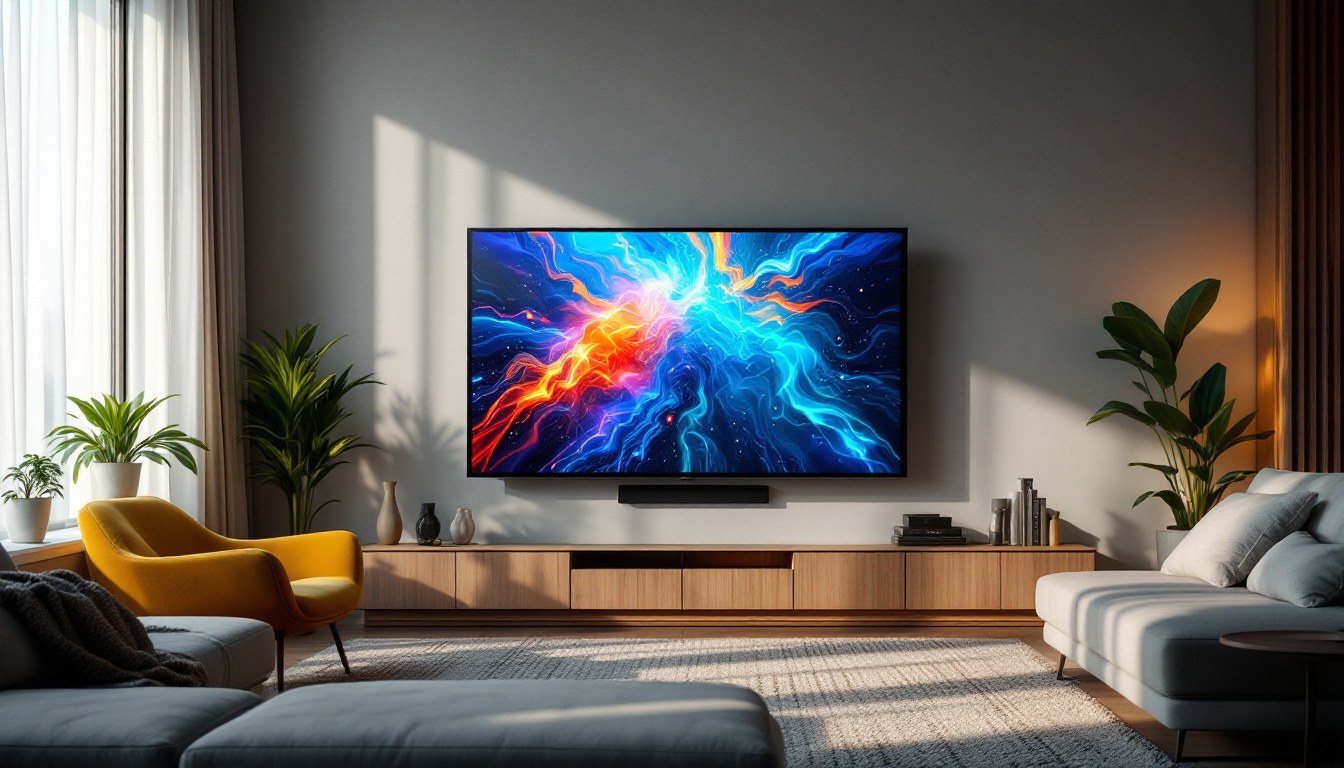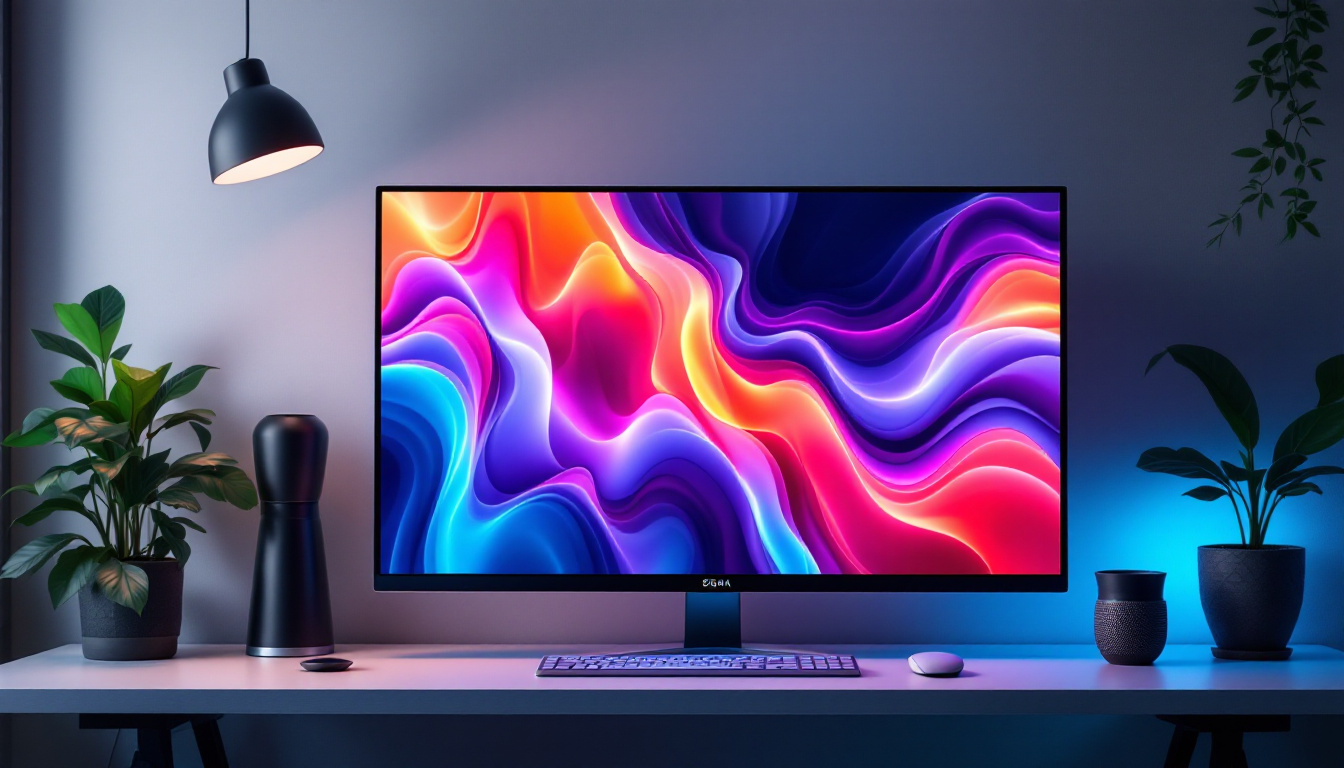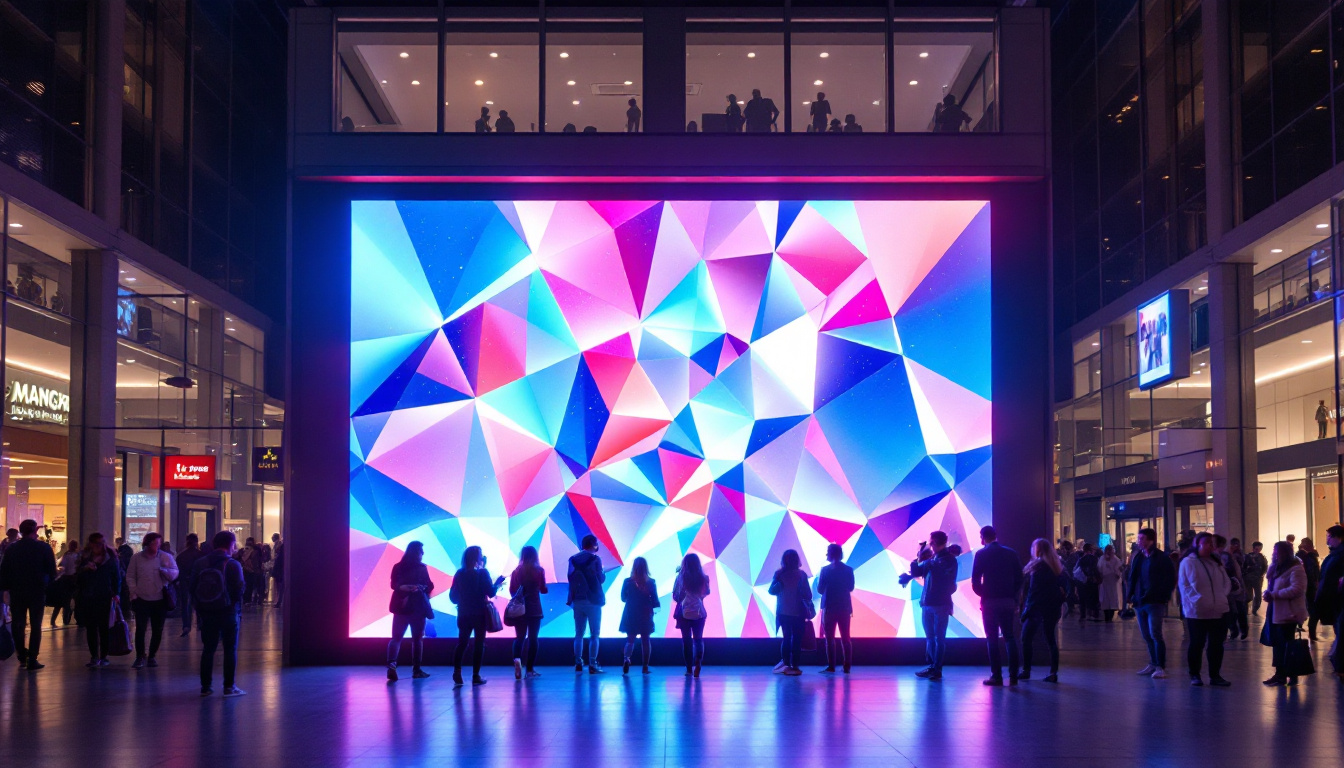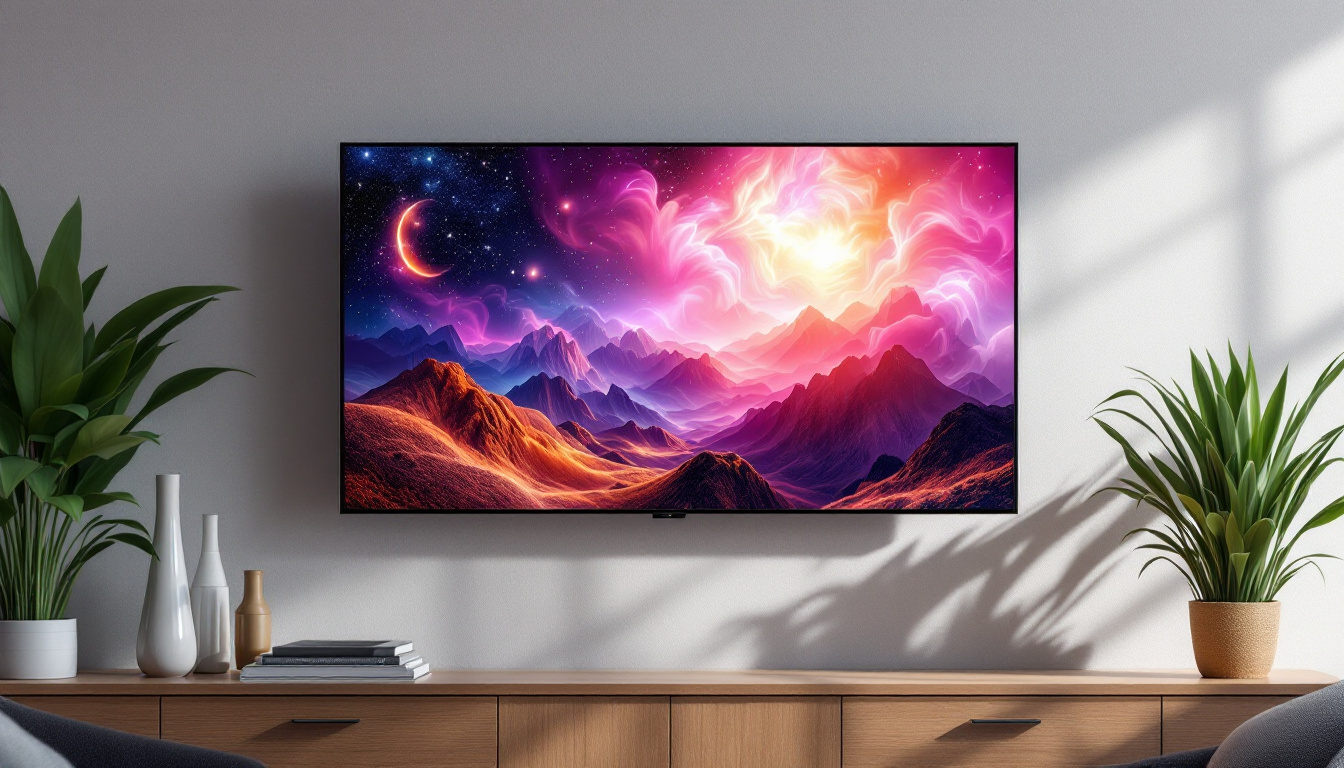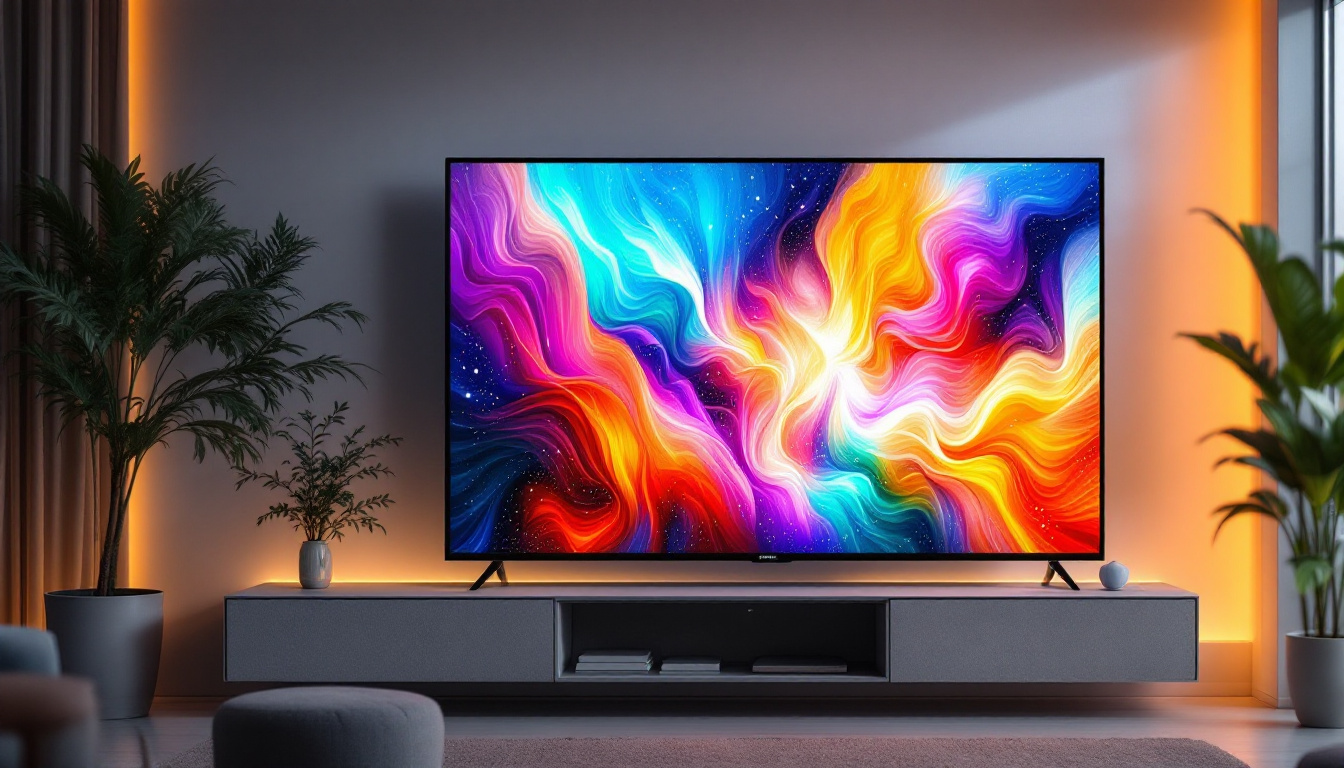In the world of visual displays, the advent of LED technology has revolutionized how information is conveyed. Among the various formats available, lattice framed panels have emerged as a compelling option, combining aesthetic appeal with functionality. This article delves into the intricacies of lattice framed LED panels, exploring their design, applications, and advantages.
Understanding Lattice Framed Panels
Lattice framed panels are a unique type of LED display that utilizes a grid-like structure to support and enhance the visual output. This design not only provides structural integrity but also allows for flexibility in various display configurations. The lattice framework typically consists of lightweight materials, making these panels easy to install and transport.
Design Features
The design of lattice framed panels is characterized by a series of intersecting lines that create a grid pattern. This lattice structure serves multiple purposes. Firstly, it allows for better airflow, which is crucial for the cooling of LED components. Secondly, it enhances the overall aesthetic of the display, making it suitable for both indoor and outdoor environments.
Moreover, the modular nature of these panels means they can be easily scaled to fit different spaces. Whether for a small retail display or a large-scale advertising billboard, lattice framed panels can be customized to meet specific requirements. The integration of high-resolution LED technology further elevates their visual performance, ensuring vibrant colors and sharp images. Additionally, the lattice design can be adapted to incorporate various artistic elements, such as backlighting or interactive features, which can engage viewers in a more immersive experience. This flexibility allows designers to push the boundaries of creativity, making each installation unique and tailored to its environment.
How Lattice Framed Panels Work
At the core of lattice framed panels is the LED technology that powers them. LEDs, or light-emitting diodes, are semiconductor devices that emit light when an electric current passes through them. In lattice framed panels, these LEDs are arranged in a grid format, allowing for precise control over brightness and color.
The panels are typically connected to a control system that manages the display content. This system can be programmed to show static images, videos, or dynamic content, making them versatile for various applications. The lattice structure aids in distributing light evenly across the surface, minimizing hotspots and ensuring a uniform viewing experience. Furthermore, advancements in LED technology have led to the development of smart panels that can adjust their brightness based on ambient light conditions, optimizing energy consumption while maintaining visual quality. This intelligent feature not only enhances the user experience but also contributes to sustainability efforts by reducing the overall carbon footprint of digital displays.
Applications of Lattice Framed Panels
Lattice framed panels find applications across a wide range of industries, from advertising to entertainment and beyond. Their versatility and adaptability make them suitable for numerous environments, each leveraging the unique benefits these panels offer.
Advertising and Marketing
In the realm of advertising, lattice framed panels have become a popular choice for digital billboards and storefront displays. Their ability to present high-quality visuals in vibrant colors captures the attention of passersby, making them an effective tool for marketing campaigns. Businesses can easily update their content, allowing for real-time promotions and announcements.
Moreover, the modular design of these panels enables advertisers to create large-scale displays by combining multiple units. This flexibility allows for creative configurations that can adapt to the specific needs of a campaign, whether it’s a temporary event or a long-term installation.
Events and Entertainment
In the events industry, lattice framed panels are frequently used for stage backdrops, concert visuals, and exhibitions. Their lightweight construction makes them easy to set up and dismantle, which is essential for events that require quick turnarounds. Additionally, the high brightness levels of LED technology ensure that visuals remain clear and vibrant, even in well-lit environments.
These panels can also be synchronized with audio-visual elements, creating immersive experiences for audiences. The ability to display dynamic content in real-time enhances the overall impact of performances, making events more engaging and memorable.
Architectural and Interior Design
Beyond advertising and entertainment, lattice framed panels are increasingly being used in architectural and interior design. Designers leverage their aesthetic appeal to create stunning visual installations that enhance the ambiance of spaces. From art galleries to corporate offices, these panels can serve as focal points that draw attention.
Furthermore, the versatility of lattice framed panels allows them to blend seamlessly with various design styles. Whether it’s a modern minimalist setting or a more traditional environment, these displays can be customized to match the desired aesthetic, providing both functionality and style.
Advantages of Lattice Framed Panels
The growing popularity of lattice framed panels can be attributed to the numerous advantages they offer. Understanding these benefits can help businesses and organizations make informed decisions about their visual display needs.
Energy Efficiency
One of the standout features of LED technology is its energy efficiency. Lattice framed panels consume significantly less power compared to traditional display technologies such as LCD or projection systems. This not only reduces operational costs but also contributes to a smaller carbon footprint, making them an environmentally friendly option.
Additionally, the longevity of LED components means that these panels require less frequent replacements, further enhancing their cost-effectiveness over time. Businesses can enjoy the benefits of high-quality displays without the burden of high maintenance costs.
High Visibility and Clarity
Another key advantage of lattice framed panels is their exceptional visibility. The brightness of LED displays ensures that content remains clear and vibrant, even in direct sunlight. This makes them ideal for outdoor applications where visibility is crucial.
Furthermore, the high resolution of modern LED technology allows for detailed and intricate visuals. This clarity enhances the viewer’s experience, making it easier for audiences to engage with the content being displayed.
Customization and Flexibility
The modular design of lattice framed panels allows for a high degree of customization. Businesses can choose from various sizes, shapes, and configurations to create displays that meet their specific needs. This flexibility is particularly advantageous for temporary installations, where adaptability is essential.
Moreover, the ability to update content easily means that organizations can keep their displays fresh and relevant. This dynamic approach to visual communication allows for real-time engagement with audiences, ensuring that messages resonate effectively.
Challenges and Considerations
While lattice framed panels offer numerous benefits, there are also challenges and considerations that need to be addressed. Understanding these factors is crucial for organizations looking to invest in this technology.
Initial Investment Costs
One of the primary challenges associated with lattice framed panels is the initial investment cost. High-quality LED technology can be expensive, and the upfront costs may be a barrier for some businesses. However, it is essential to consider the long-term savings associated with energy efficiency and reduced maintenance costs.
Organizations should conduct a thorough cost-benefit analysis to determine whether the investment aligns with their goals and budget. In many cases, the advantages of lattice framed panels outweigh the initial expenses, making them a worthwhile investment.
Technical Expertise and Maintenance
Another consideration is the need for technical expertise in operating and maintaining lattice framed panels. While they are designed to be user-friendly, organizations may require specialized training to maximize their potential. Additionally, regular maintenance is essential to ensure optimal performance and longevity.
Investing in training and support can mitigate these challenges, enabling organizations to leverage the full capabilities of their displays. Collaborating with experienced vendors can also provide valuable insights and assistance in managing these systems effectively.
The Future of Lattice Framed Panels
As technology continues to evolve, the future of lattice framed panels looks promising. Innovations in LED technology are paving the way for even more advanced displays, with improvements in resolution, brightness, and energy efficiency. These advancements will further enhance the appeal of lattice framed panels for a wide range of applications.
Integration with Smart Technologies
The integration of smart technologies is another trend that is shaping the future of lattice framed panels. With the rise of the Internet of Things (IoT), these displays can be connected to various devices and systems, allowing for seamless content management and real-time updates.
This connectivity opens up new possibilities for interactive displays, where audiences can engage with content in innovative ways. For instance, touch-sensitive panels or displays that respond to audience movements can create immersive experiences that captivate viewers.
Environmental Sustainability
As sustainability becomes an increasingly important consideration for businesses, lattice framed panels are well-positioned to meet these demands. Their energy-efficient design and long lifespan contribute to reduced environmental impact, aligning with the growing emphasis on eco-friendly practices.
Future developments may also focus on using sustainable materials in the construction of these panels, further enhancing their appeal to environmentally conscious organizations. As businesses prioritize sustainability, lattice framed panels will likely become a preferred choice for visual displays.
Conclusion
Lattice framed panels represent a significant advancement in LED display technology, offering a unique combination of aesthetic appeal, functionality, and versatility. Their applications span various industries, from advertising to entertainment and interior design, making them a valuable asset for organizations looking to enhance their visual communication.
While there are challenges to consider, the advantages of lattice framed panels—such as energy efficiency, high visibility, and customization—make them a compelling choice for many businesses. As technology continues to evolve, these panels are poised to play an even more prominent role in the future of visual displays.
Investing in lattice framed panels can provide organizations with a powerful tool for engaging audiences and conveying messages effectively. With their innovative design and advanced technology, these displays are set to redefine the landscape of visual communication for years to come.
Discover LumenMatrix LED Display Solutions
Ready to elevate your visual communication with the cutting-edge technology of lattice framed panels? LumenMatrix is at the forefront of LED display innovation, offering a wide array of solutions tailored to your needs. From captivating Indoor and Outdoor LED Wall Displays to dynamic Vehicle and Sports LED Displays, and even customizable options like Floor LED Displays and All-in-One solutions, LumenMatrix is committed to transforming your brand’s visibility. Experience the future of engaging, high-impact visual storytelling with our LED Transparent Displays. Check out LumenMatrix LED Display Solutions today and join the revolution in digital signage excellence.

